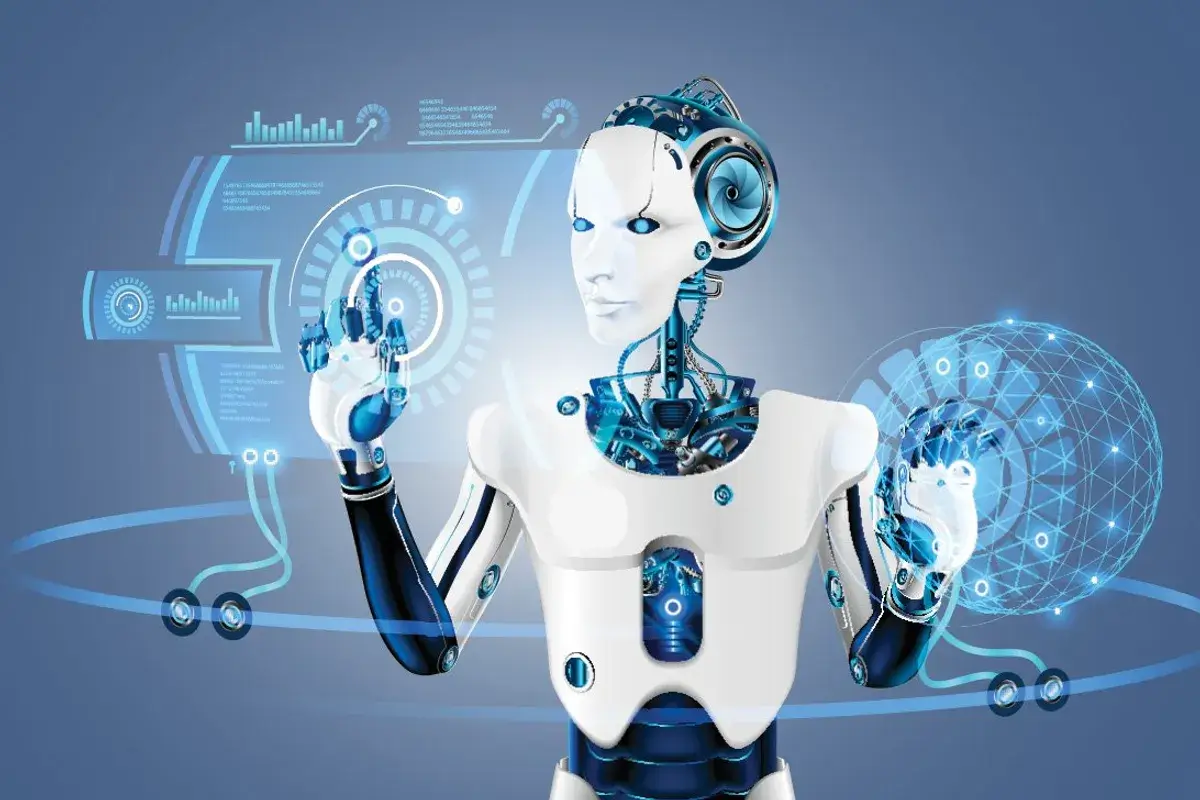Versatile robots are rapidly transforming various industries, demonstrating an increasing ability to perform diverse tasks with greater efficiency and precision. These machines, equipped with advanced technologies like artificial intelligence (AI), sophisticated sensors, and modular hardware, are no longer limited to repetitive actions. Instead, they are becoming adaptable problem-solvers capable of handling a wide array of functions across sectors from manufacturing and logistics to healthcare and agriculture.
In manufacturing, versatile robots are revolutionizing production lines. Polyfunctional robots, for example, can seamlessly transition between tasks such as welding, painting, and assembly in the automotive industry. A single robot can now weld car frames, apply coatings, and assemble parts, boosting production speed while lowering operational costs and reducing machine redundancy. This adaptability is particularly beneficial in dynamic production settings where tasks frequently change. Furthermore, robots equipped with advanced end-of-arm tooling can quickly switch between picking and placing, welding, dispensing fluids, or making cosmetic changes, minimizing reprogramming time and maximizing efficiency.
The logistics and warehousing sectors are also experiencing significant advancements through versatile robotics. Autonomous Mobile Robots (AMRs) enhance efficiency by transporting materials and components across factory floors, ensuring a seamless flow of production and minimizing downtime. These robots can be customized with different tool modules, making them ideal for businesses seeking flexibility without compromising efficiency. Some mobile robot platforms can be paired with top-mounted solutions for inspection and surveillance, cart solutions for moving larger loads, or trailer solutions for transporting goods over longer distances or rough terrains.
Healthcare is another area where versatile robots are making a substantial impact. These robots can assist in surgery, dispense medication, and even provide companionship to patients. Their ability to perform complex and delicate tasks with precision is improving patient outcomes and reducing the workload on medical staff. Moreover, in environments where the risk of infection is high, robots can perform tasks that would otherwise expose healthcare workers to potential harm.
In agriculture, versatile robots are addressing labor shortages and promoting sustainable farming practices. Platform robots are being designed to perform a range of tasks with full autonomy, from data-driven precision farming to civil engineering and construction work. These robots can adjust their height and width to match crop spacing and growth conditions, and they can work in coordination with one another to efficiently manage agricultural tasks, ensuring a stable food supply in the face of a declining agricultural workforce.
The rise of AI is a critical factor driving the increasing versatility of robots. Generative AI-powered automation is making robots more intelligent, mobile, accessible, and versatile, enabling them to disrupt new and emerging sectors. AI algorithms allow robots to analyze historical data to optimize task execution, communicate with human operators, learn from repeated actions, and adjust operations dynamically in real-time. This level of intelligence allows robots to adapt to changing conditions and perform tasks that were previously thought to be beyond their capabilities.
Looking ahead, the trend towards versatile robots is expected to continue, with advancements in AI, miniaturization, and component costs making these machines more accessible and affordable. Bank of America analysts predict that the cost of humanoid robots will drop significantly by 2030, leading to a dramatic expansion of the market. By 2060, they estimate that billions of robots will be in service, with the majority used in domestic environments, providing personal assistance and automating daily tasks.
Hexagon is launching a new Robotics division, focusing on measurement technologies, AI, and autonomous systems to support advancements in humanoid robotics and automation. As robots become more versatile and integrated into various aspects of life, their potential to transform industries and improve the human experience will only continue to grow.

















